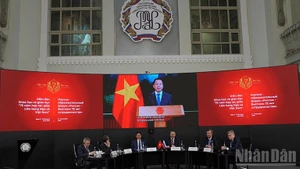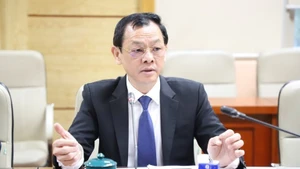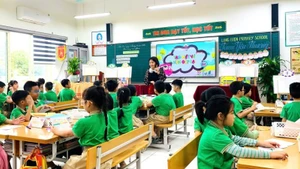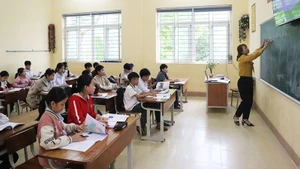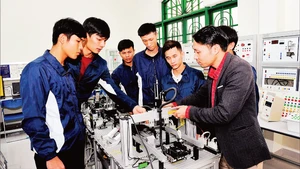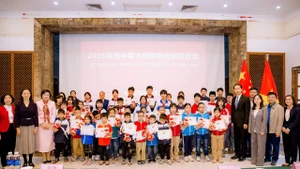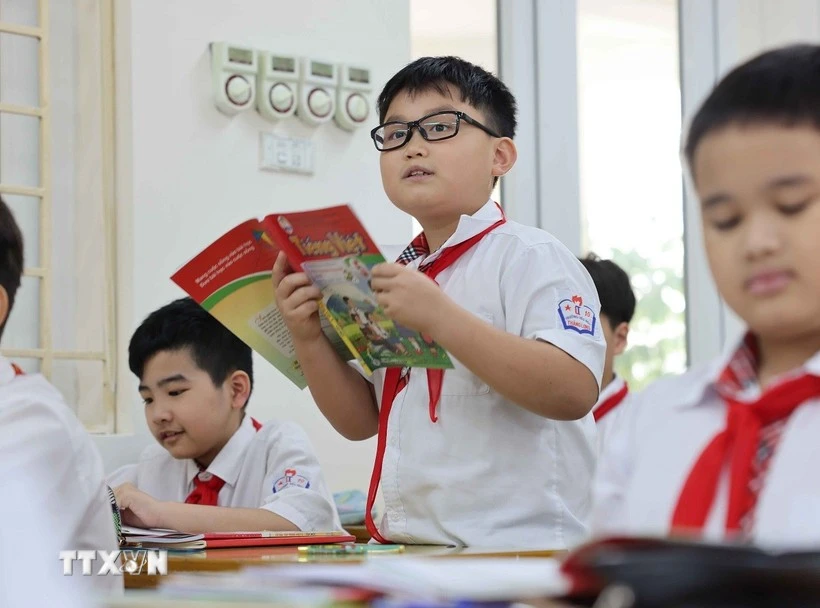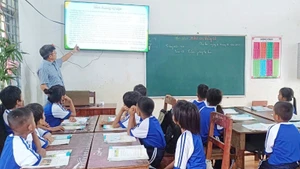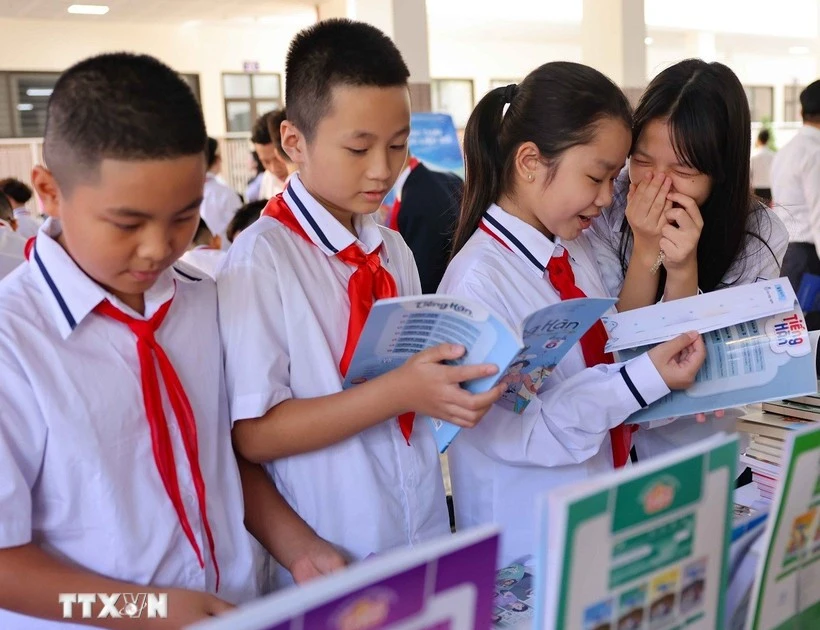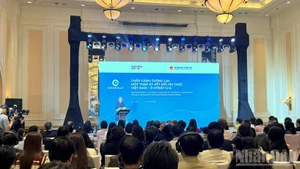Based on Model United Nations, a popular American extracurricular activity, the Model EAS programme allows students to act as the head-of-state for one of the eighteen EAS countries. Participants researched the policies and interests of the assigned country regarding the management of the Mekong River, and then debated, negotiated, and drafted a resolution with other delegates during the one-day event.
The Model East Asia Summit allows students to showcase their public speaking ability, utilising critical thinking skills to debate policy with peers, and provides an opportunity to discuss the management of the Mekong River, said US Embassy Spokesman Spencer Cryder.
The Vietnamese youth in attendance understand and are clearly up to the challenge of solving these complex regional issues, he added.
The delegates were divided into two concurrent, separate committees; one for younger students and one for older students. They discussed the limits of national sovereignty, the role of the Mekong River Commission, international accountability, climate change, clean energy, and the merits of dam construction along the Mekong mainstream.
The students conducted the entire six-hour event in English.
The overarching goal of the Model EAS programme is to introduce students to the important role regional institutions like ASEAN, EAS, and the Lower Mekong Initiative play in solving complex regional and international issues, increasing their interest in policy-making and providing them with a forum to practice their advanced English skills.

